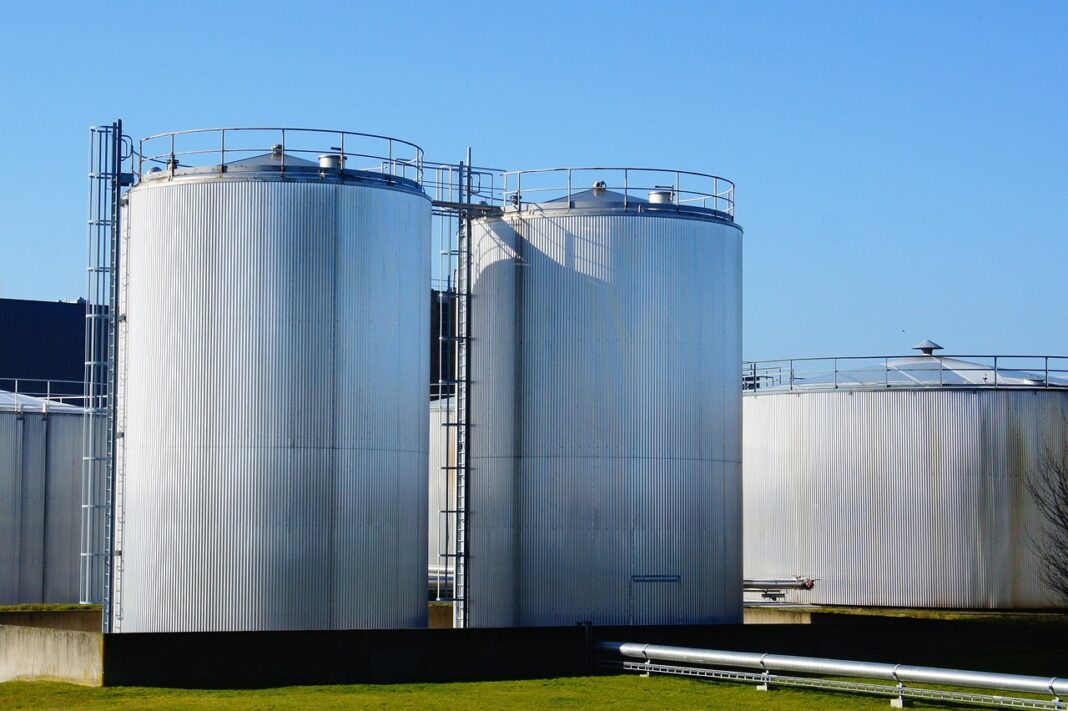Sustainable Practices in Tank Manufacturing and Their Environmental Benefits
Tank manufacturing can have significant environmental impacts due to resource consumption, energy use, and waste generation. Unlike traditional manufacturing processes, which often involve extracting and processing raw materials, tank manufacturing does not contribute to habitat destruction, pollution, and depletion of natural resources.
Let’s learn more about the sustainable practices in tank manufacturing and how they benefit the environment.
What is Tank Manufacturing?
Tank manufacturing involves fabricating and assembling various types of tanks for storage, containment, or transportation of liquids, gases, or solids. The manufactured tanks serve diverse purposes across agriculture, oil and gas, chemical processing, water treatment, and transportation.
The tank manufacturing processes typically include designing, cutting, forming, welding, testing, and finishing to produce tanks that meet specific capacity, pressure, temperature, and material compatibility requirements.
Double Walled Tank can also be made from materials like steel, aluminum, fiberglass, or plastic, and they come in various shapes and sizes to accommodate different applications.
Sustainable Benefits in Tank Manufacturing
Check out the sustainable practices that shape the future of tank production:
1. Reduced Work Consumption
Reduced resource consumption in tank manufacturing involves optimizing material usage and implementing efficient production processes, such as utilizing recycled materials, minimizing raw material waste during fabrication, and adopting lean manufacturing techniques to maximize resource efficiency.
How it affects the environment:
Firstly, it minimizes the depletion of natural resources such as metals and minerals, helping to conserve finite resources for future generations. Additionally, manufacturers can divert waste from landfills using recycled materials and reduce the environmental impact of raw material extraction and processing.
2. Energy Efficiency
Energy efficiency minimizes energy consumption throughout the production lifecycle, such as using energy-efficient equipment, optimizing manufacturing processes, and incorporating renewable energy sources where feasible.
By reducing energy inputs required for fabrication, assembly, and finishing, manufacturers can decrease their overall energy usage and associated costs while maintaining or improving productivity and product quality.
How it affects the environment:
Energy efficiency reduces greenhouse gas emissions associated with energy production, helping to mitigate climate change and air pollution. With minimum energy consumption, manufacturers also decrease their reliance on fossil fuels, reducing the depletion of finite resources and dependence on non-renewable energy sources.
3. Waste Reduction
Waste reduction reduces the generation of waste materials throughout the production process by implementing practices to optimize material usage, reduce scrap and offcuts, and promote recycling and reuse of waste materials.
Manufacturers may employ lean manufacturing principles, such as just-in-time production and waste minimization techniques, to streamline processes and eliminate unnecessary waste.
How it affects the environment:
By minimizing waste generation, manufacturers decrease the environmental burden associated with waste disposal, including landfill space requirements, transportation emissions, and potential soil and water contamination.
Reducing waste also helps conserve natural resources by minimizing the need for raw material extraction and processing. Promoting recycling and reuse of waste materials further extends the lifecycle of resources, reducing overall resource consumption and environmental impact.
4. Emissions Reduction
Emissions reduction in tank manufacturing involves implementing strategies to minimize releasing pollutants and greenhouse gases into the environment during production.
Strategies include adopting cleaner production technologies, improving energy efficiency, and implementing emissions control measures to reduce air and water emissions.
How it affects the environment:
Through minimizing the release of pollutants and greenhouse gases, manufacturers help reduce air and water pollution, improving environmental quality and public health. Emissions reduction also supports regulatory compliance, ensuring that manufacturers meet ecological standards and reduce the risk of environmental violations.
5. Environmental Preservation
Environmental preservation aims to protect air and water quality, conserve biodiversity, and prevent habitat destruction and degradation. Tank manufacturers may follow environmentally friendly production processes, utilize eco-friendly materials, and implement pollution prevention and control measures to minimize their environmental footprint.
Efforts may include habitat restoration projects, conservation initiatives, and adherence to environmental regulations and standards to ensure sustainable practices throughout the manufacturing process.
How it affects the environment:
By minimizing pollution, conserving resources, and protecting ecosystems and habitats, manufacturers help maintain environmental balance and support biodiversity. This contributes to the health and resilience of natural ecosystems, ensuring the continued provision of ecosystem services such as clean air, water, and soil.
Environmental preservation measures help mitigate the impacts of climate change by reducing greenhouse gas emissions and promoting carbon sequestration.
Conclusion
Sustainable practices in tank manufacturing offer various benefits for the environment. Following the practices above allows manufacturers to minimize their environmental footprint while maintaining high-quality production standards, contribute to a clean and healthier environment, and support the long-term viability of industries and communities worldwide.
